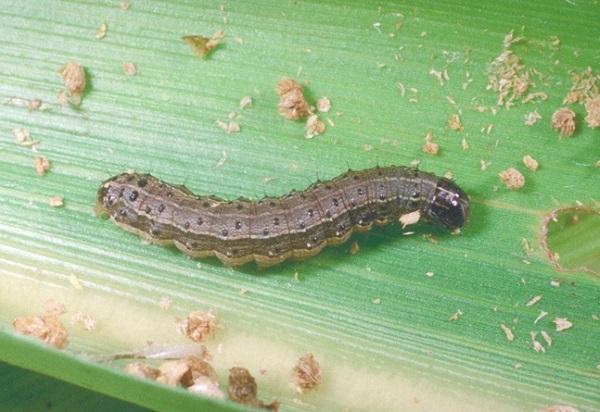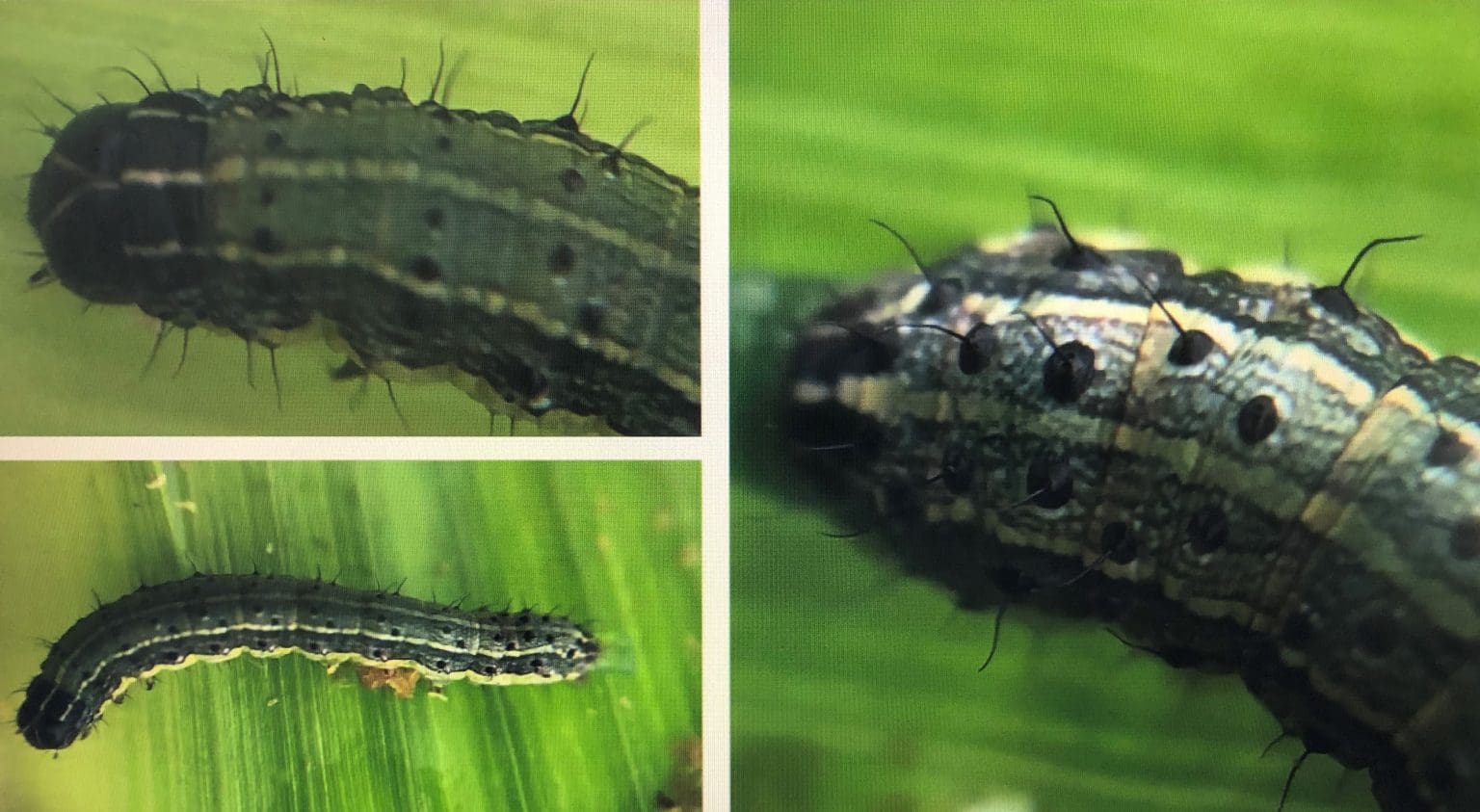

Larvae occasionally relocate to nearby suitable crops. Highly migratory pest – Adults able to travel 100 km per night and 500 km prior to oviposition when assisted by strong winds. High reproductive rate – Females capable of producing 2000 eggs in their lifetime. FAW has already been reported feeding on maize and sorghum in north eastern Australia.

Highly polyphagous – Reported feeding on 353 host plant species from 76 plant families.

Damage across the globe estimated in billions of dollars. Crop destruction (100%) in Brazil was reported when late stage larvae acted as a seedling cutworm. Key pest status – Maize yield losses of 70% were reported in Central America when the pest was not controlled. While both strains have been detected in Africa and Asia, work is currently underway to determine which strain is attacking in Australia.It occurs in two races: a ‘rice strain’ (R strain) and a ‘corn strain’ (C strain).It is most commonly recorded from wild and cultivated grasses from maize, rice, sorghum and sugarcane.Because the larva eat so much of the plant, they are extremely detrimental to crop survival and yield. The list of possible food sources for the larvae is extensive. Examples of targeted crops include cotton, tobacco, sweet corn, rice, peanuts, fruits and many more.The fall armyworm attacks >350 plant species from 76 plant families.Because of this rapid change in food consumption, the presence of larva will not be noticed until they have destroyed almost everything in as little as a night. Outbreaks usually occur during the early part of the summer.ĭestruction of crops can happen almost overnight, because the first stages of a larva’s life require very little food, and the later stages require about 50 times more. The larval stage of the fall armyworm (FAW) is a pest that can damage and destroy a wide variety of crops causing large economic loss.


 0 kommentar(er)
0 kommentar(er)
